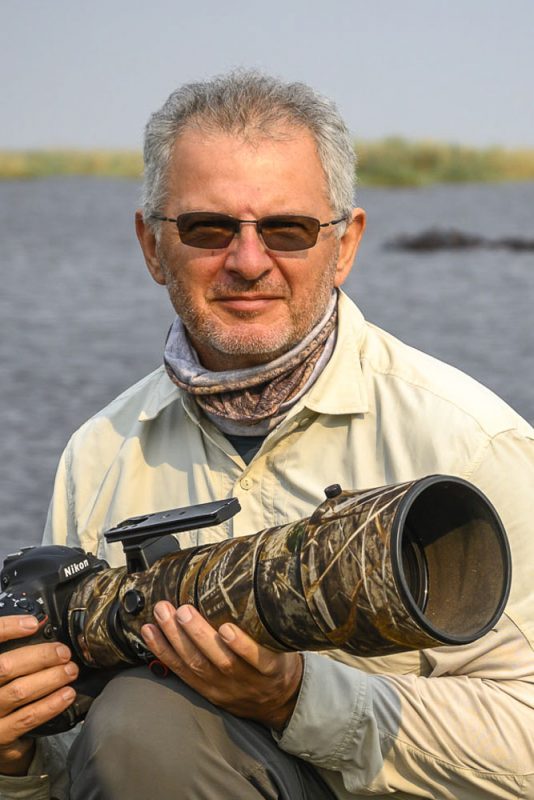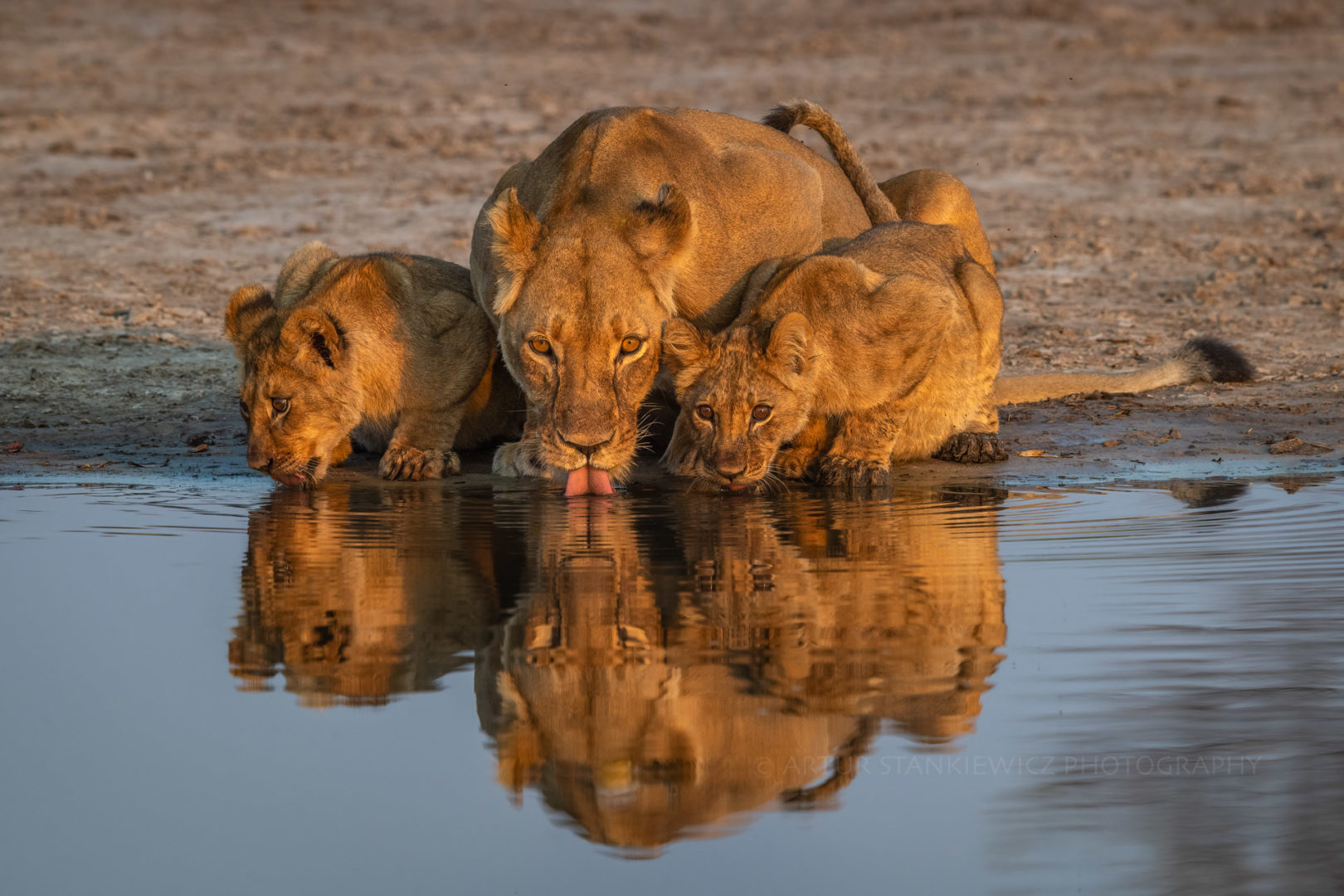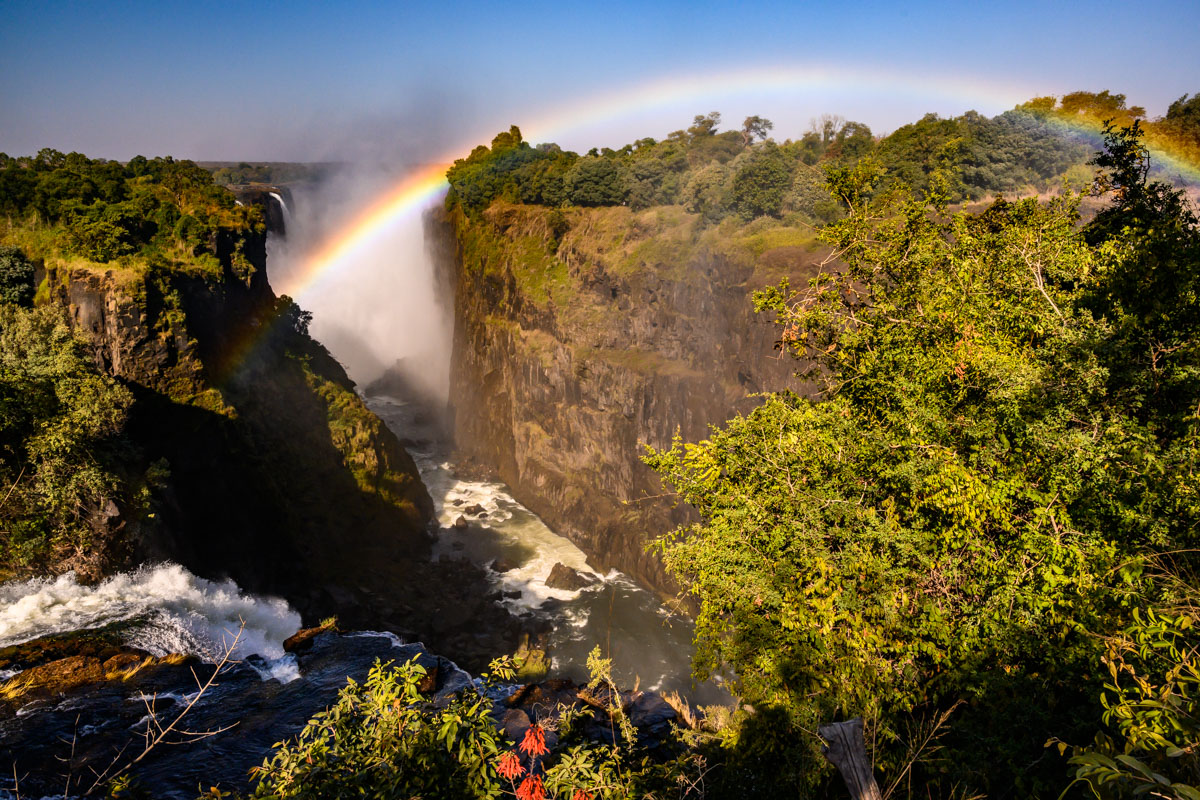I have been pondering for a while what should I write in my first Blog on my new, dedicated safari website. I have decided it should be something introducing the upcoming wildlife photography safari to Botswana in January 2020.
In particular, it should be about the Green Season, an underrated part of the year, when Botswana habitats burst in saturated colors of vegetation, when afternoon skies often greet travelers with storms and rainbows, and finally when number of visitors is at its lowest throughout the year.

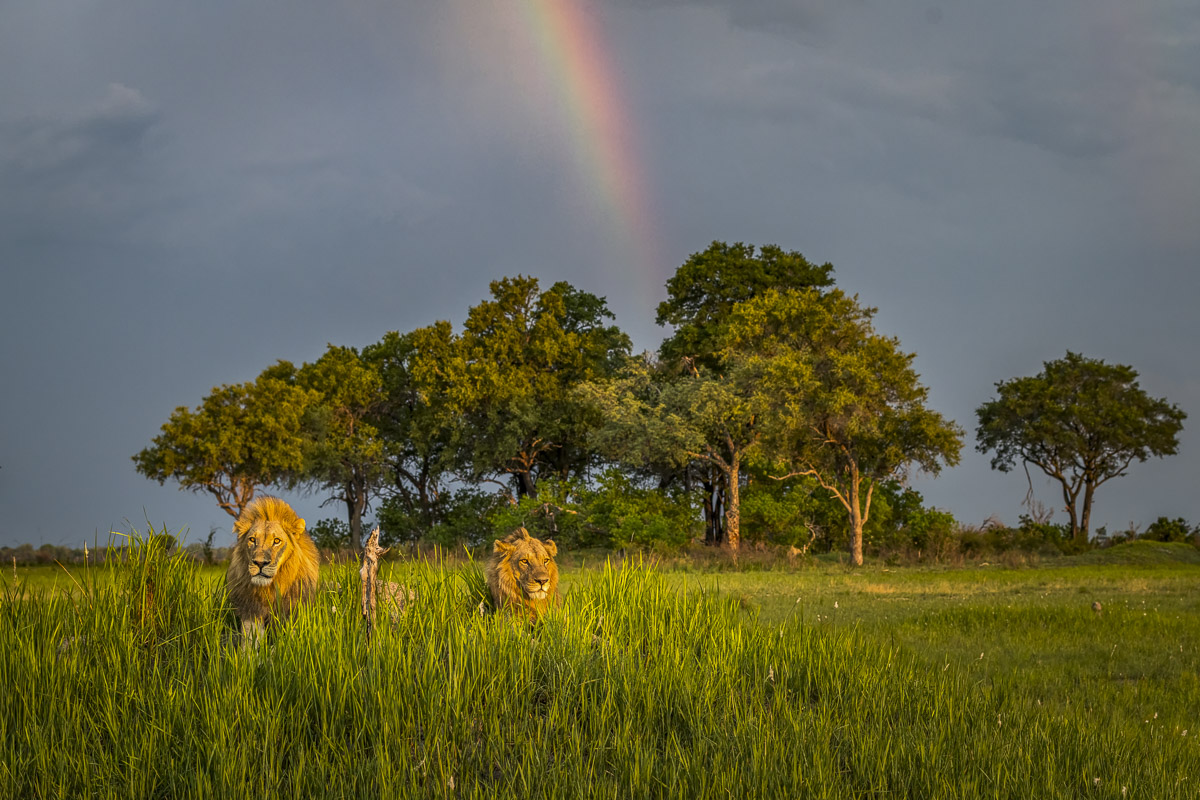
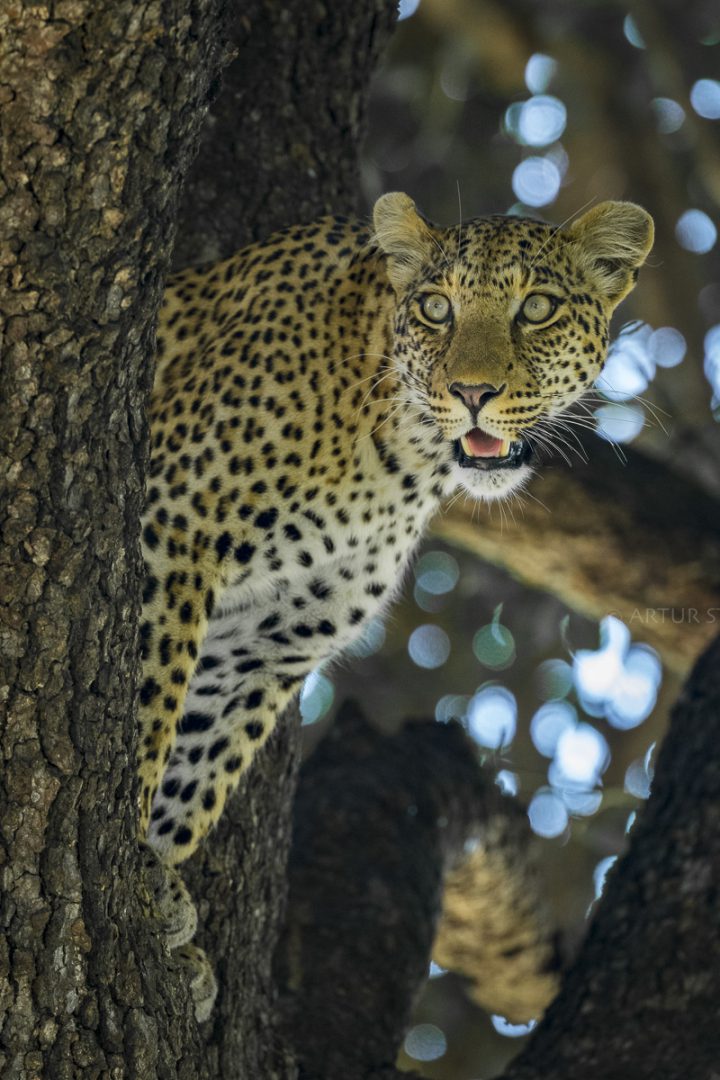
Photographers will love the ability to take unique, wide-angle photos of animals in their environment positioned against dramatic skies, rainbow or thunderstorms. Many of us are chasing photographs/sightings such as a large mane lion shaking his head with droplets of water spraying around or animals spread around the plains with a lightings in the background – visit to Botswana in the green season provides such opportunities.
Everyone will appreciate substantially lower cost of visiting Okavango or Linyanti, as well as often almost empty camps focused on providing impeccable service just for you. And while the period when one can benefit from lowest prices lasts only 2-3 months, combined with other described benefits it’s a value proposition that is very tough to beat.
What is the catch? I think that reasons for such low number of visitors during the Green Season are multifaceted, including the fact that many people prefer to take their ski holiday in that time of the year. One key reason, may be the climate – between October and February temperatures can raise above 40 deg C during the day with mid 20s during the night with humidity increase way above 50% creating less comfortable conditions than winter, peak months. Having saying that, January/February ‘see’ already much more comfortable conditions than November/December.
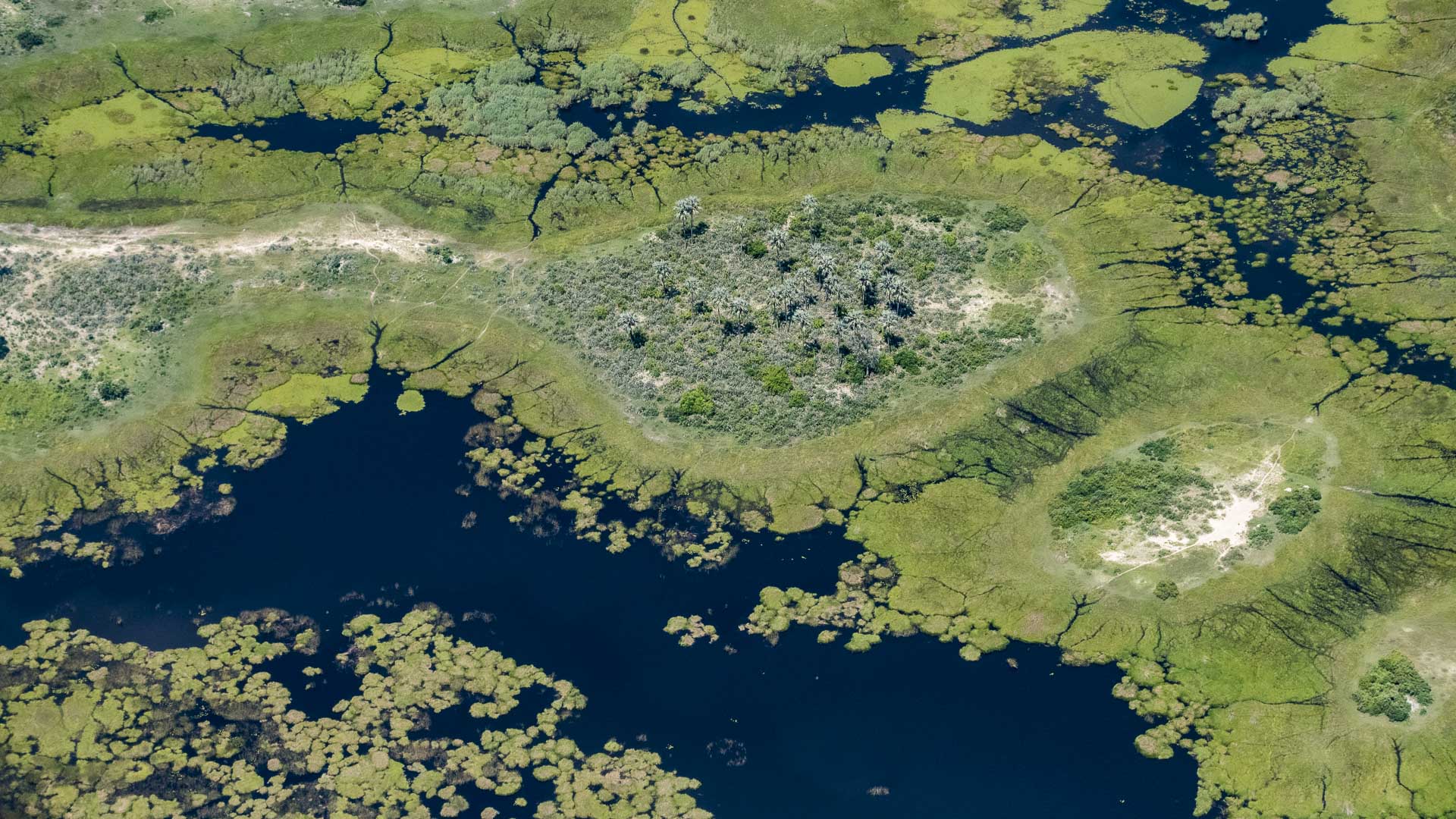
Second, very important part is related to ability to spot animals – as the name suggests, it is a green season which means vegetation is lush and dense, which makes spotting the wildlife so much more challenging than during a dry, winter months. Availability of waterholes due to frequent rains also means that the wildlife is dispersed and moving on much larger territories. Implication of the latter fact is simple – sometimes it takes more time in the field to find a good sighting…but one can argue that what’s wrong spending more time in the wilderness admiring and breathing the beauty of phenomenal environment surrounding us, especially unobstructed by other vehicles…
Personally, I immensely enjoy hours of patient tracking, as they almost always resulted in exceptional sightings. From lion cubs barely seeing the world for the first time led by their mother and protected by two powerful males, through young leopard being chased by baboons and finally settling in the thick bush, all the way to hundreds of elephants bathing in the Kwadno river.
As a wildlife photographer, I believe this is the exact time of the year to look for ‘shots of the lifetime’ or experience the freedom of photography without disruption of crowds. It may not be for everyone, but the Green Season safari in permanently on the Wild Encounter Safaris agenda during this unique time of the year.

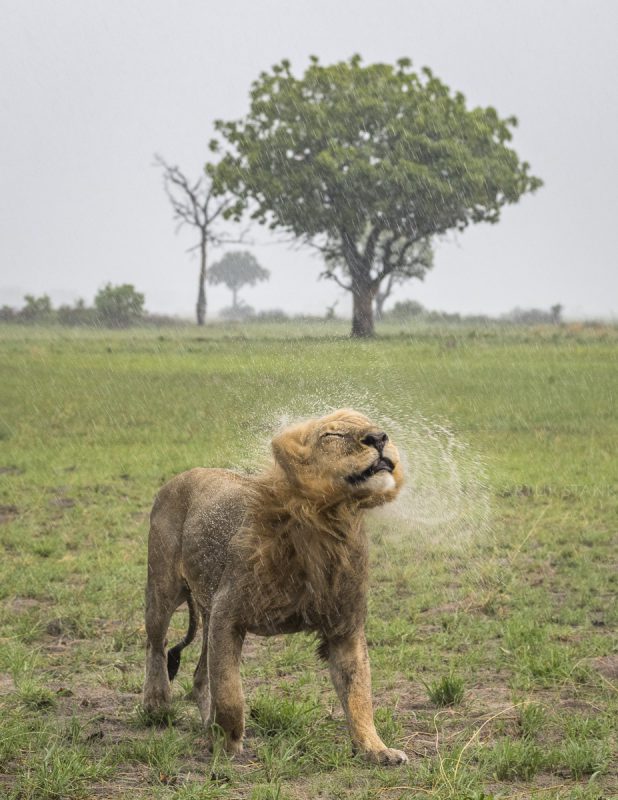
My final thoughts – for people who are considering an African safari for the first-time, this may not be a month/time to visit the Delta due to reasons described above (for example Southern Serengeti may be more appropriate this time of the year). However, the upside is that one can have entire camps almost private to themselves as the density of visitors is very low.
For persistent observers, and anyone who wants to spend intimate time with animals not bothered by anyone else – well, this may be the ticket! For more info on the Green Season Safari and additional photographs featuring the season please go to Safaris 2020.
Welcome to the Wild Encounter Safaris
– an approach to the wildlife adventure and photography from a slightly different angle!

